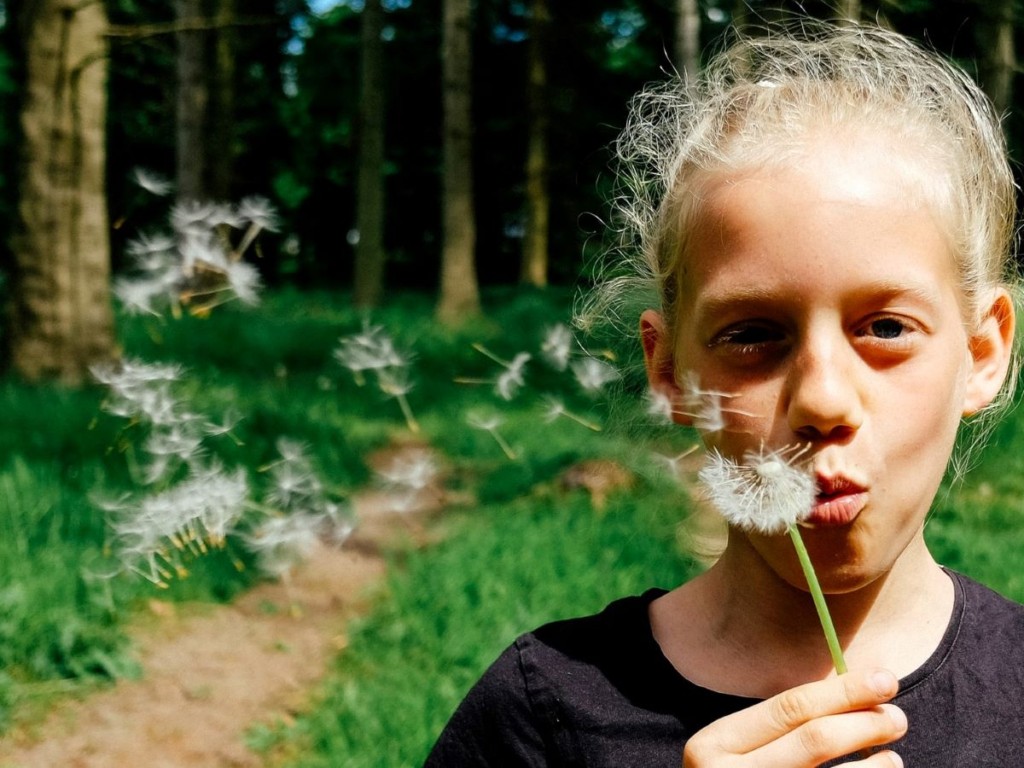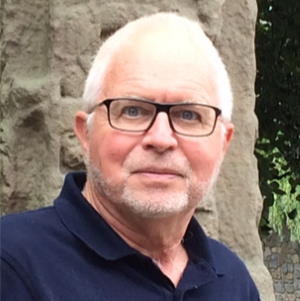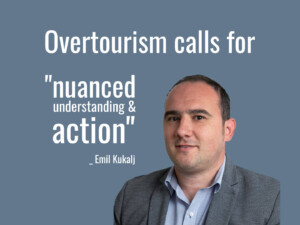Persuasion, packaging, or pathways: Which works as a visitor dispersion strategy?

As evidenced by the first “GT” Insight Bites, there are different ways of looking at and trying to achieve ‘visitor dispersion’.
In this “Good Tourism” Insight, David Ward-Perkins offers a brief history of visitor dispersion, summarises three common dispersion strategies, and picks out the one that he thinks is most effective.
[You too can write a “GT” Insight.]
In the 1980s and ’90s, as tourism bureaus around the world started collecting statistics and measuring the economic impact of tourism — few were concerned about environmental impact at the time — they noticed how unevenly tourism was distributed in their countries and regions. They saw high volumes on the coasts, around famous natural and cultural sites, and in historic city centres; much fewer visitors elsewhere.
The word ‘dispersion’ began to appear in their strategic documents. Could destination marketing organisations lure some of these tourists from the crowded sites to other areas, where they might do more good? Could dispersion help develop services and create much-needed jobs in these ‘secondary’ destinations?
Dispersion was not only a geographical concern, but also a seasonal one; spreading the load across the year and taking pressure off the high season.
Don’t miss other “GT” content tagged with
“Carrying capacity, mass tourism, and overtourism”
By the 2010s, the language had changed but the message remained essentially the same. The concern now was about ‘overtourism’ and lack of sustainability in the more crowded areas. The hope was still to bring the benefits of ‘slow’ and ‘high-engagement’ tourism to remoter parts.
So, in this quarter of a century since the coining of the term ‘dispersion’, what are the results? Are there strategies that are generally recognised to have worked?
From 2017 to 2019, doing research for my book, Tourism Routes and Trails, I asked myself those questions. I saw the term much used and many examples of ‘dispersion strategies’. For the most part, they seemed only modestly successful.
Here are three common strategies:
Persuasion
Some destinations, such as Catalonia and Tuscany in the early 2000s, invested in high-profile ‘why-don’t‑you?’ marketing campaigns, with messaging in the media, in the streets, and in the tourism bureaus of the busiest cities, promoting nearby, lesser-known towns and attractions to visitors.
If these campaigns had any meaningful impact, I have seen no clear evidence of it.
Packaging
In other cases, destinations developed tourism circuits that packaged together well-known and lesser-known sites, and promoted them to tour operators and local guides.
I have seen packages in Provence, Morocco, and Southeast Asia developed with some success. I have also seen these circuits vanish without a trace once promotion funding runs out.
Pathways
Happily, successful and more sustainable examples abound of driving, cycling, boating, and pedestrian routes and trails that avoid crowded, high-profile tourism sites: The Burgenstrasse or Castle Route in southern Germany; the Southern Ocean Drive in South Australia; Route 66 in the US; and the Via Francigena pilgrimage route in Italy.
In all these cases, and there are many others, the aggregate number of walkers, cyclists, or drivers are huge, but the length of the trails and their usage over large parts of the year keeps numbers at any one time or place manageable.
An attraction of the ‘pathways’ strategy is the relatively low ongoing investment required once the trail has been created. Thanks to word of mouth and social media, travellers promote to other travellers; a quality trail builds its own momentum. In general, local authorities handle the upkeep of those sections of the trail that cross into their territories. It is in their interest to keep it open, successful, and clearly signed.
Also see the “GT” Insight
‘“GT” Insight Bites: Diverse perspectives on visitor dispersion’
But does the trail truly serve the purpose of dispersion? If there is indeed dispersion of travellers along the trail, are they simply an entirely new market segment? Or does the trail draw visitors that might otherwise be clogging up the towns and tourism sites?
In some cases, the trail clearly does serve its intended purpose of dispersion.
In the Loire Valley of France, the main attractions are the spectacular Chateaux de la Loire — palaces of kings, queens, and mistresses — which are overwhelmed by visitors (in cars) during the summer months.
An attractive cycle trail now runs through Loire Valley, offering access to the Chateaux as well as to small towns. Statistics show more and more visitors choosing this low-stress, slow travel option.
Examples like this demonstrate that the success of trail-based itineraries has been largely driven by social change, and by the increasing popularity of low-impact outdoor leisure activities; a trend that COVID-related restrictions have only boosted.
What do you think? Share a short anecdote, comment, or question below. Or write a “GT” Insight. The “Good Tourism” Blog welcomes diversity of opinion and perspective on travel & tourism because travel & tourism is everyone’s business.
Featured image (top of post): Persuasion, packaging, or pathways: Which works as a visitor dispersion strategy? Photo by Christian Langballe (CC0) via Unsplash.
About the author

David Ward-Perkins is Senior Content Editor for CABI’s Tourism Cases — a “Good Tourism” Partner — and the author of Tourism Routes and Trails (CABI, 2020) among numerous other publications. A Senior Associate of TEAM Tourism Consulting, Mr Ward-Perkins is also a part-time marketing and tourism professor at Skema Business School in France, where he lives. David is a Specialist Advisor to the Cité Européenne de la Culture et du Développement Durable.





